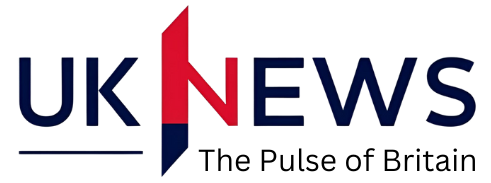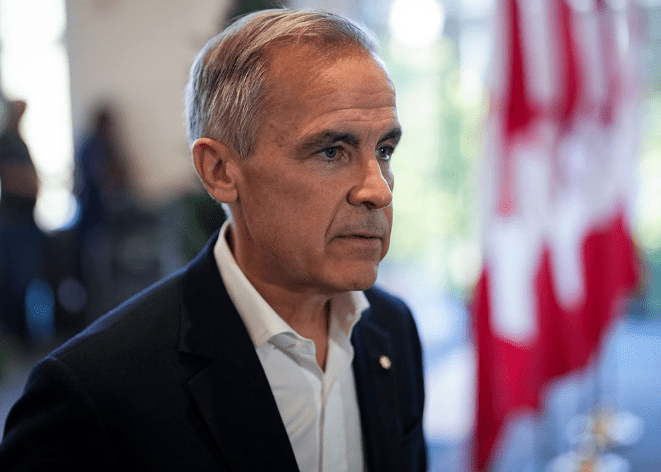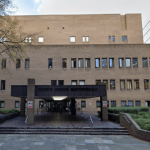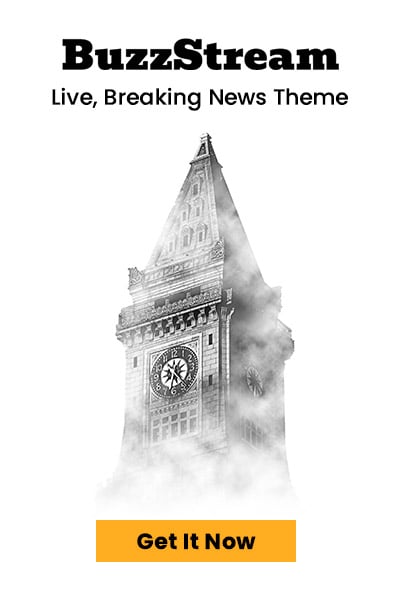In a landmark victory, Mark Carney has been elected as Canada’s new Prime Minister, following a tense election campaign overshadowed by rising tensions with the United States.
Anti-Trump Sentiment Drives Liberal Comeback
Carney’s win marks a dramatic turnaround for the Liberal Party, which had been floundering in the polls following Justin Trudeau’s resignation just three months ago. Central to Carney’s campaign was a pointed stance against US President Donald Trump, who has dominated North American political discourse with renewed aggression.
In his victory speech, Carney didn’t hold back. “Trump is trying to break us, so America can own us,” he declared, addressing concerns over US-Canada relations.
Trump’s threats of annexation, trade volatility, and confrontational rhetoric seemed to have pushed Canadian voters towards Carney, who positioned himself as the unifying alternative. His rival, Conservative leader Pierre Poilievre, is now projected to lose his parliamentary seat altogether.
From Central Banker to PM
This election marks Carney’s first step into elected office, but he brings a wealth of global experience. Born in Fort Smith, Northwest Territories, in 1965, Carney has held several of the world’s top financial roles.
- Undergraduate degree from Harvard University
- Doctorate in economics from Oxford University
- Former executive at Goldman Sachs across major financial hubs
- Deputy Governor and later Governor of the Bank of Canada
- Appointed Governor of the Bank of England in 2013 – the first non-Briton to hold the post
Carney guided both Canada and the UK through major economic crises, from the 2008 financial meltdown to the post-Brexit volatility. Most recently, he served as the UN Special Envoy on Climate Action and Finance, signalling a deep engagement in global economic reform.
Irish Roots Still Run Deep
While Carney’s professional journey has been international, his personal heritage remains close to home. With three of his grandparents hailing from Aughagower in County Mayo, Ireland remains a key part of his identity.
During his tenure at the Bank of England, Carney kept a map of Co. Mayo in his office. “That Irish heritage is a big part of who I am,” he told the Irish Times at the time.
Though he currently holds Irish citizenship, Carney has indicated he may soon renounce it, along with his British passport, in a bid to maintain sole allegiance to Canada as Prime Minister. It remains unclear whether this process has begun. The Irish Post has reached out to the Canadian Embassy in London for comment.
Still, the ties are strong. Carney’s brother lives in Northern Ireland, and his extended family remains in Aughagower – including a cousin’s son who runs a local quarry. The Irish government is expected to extend a formal invitation for a state visit in the near future.
In 2021, Carney joined the board of Stripe, the fintech giant co-founded by Limerick brothers John and Patrick Collison – themselves notable for becoming the youngest self-made billionaires in 2016.
This blend of global leadership and Irish lineage paints a unique portrait of Canada’s new leader. His appointment signals a shift not just in Canadian politics but in the broader conversation about leadership in an increasingly interconnected world.
Mark Carney’s rise to the highest office in Canada is more than a political victory — it’s the story of a man whose life bridges continents, economies, and communities. As he steps into his new role, both Canadians and the international community will be watching closely.
With deep Irish roots, sharp economic acumen, and a clear opposition to Trump-era policies, Carney’s leadership could redefine Canada’s place on the global stage.






